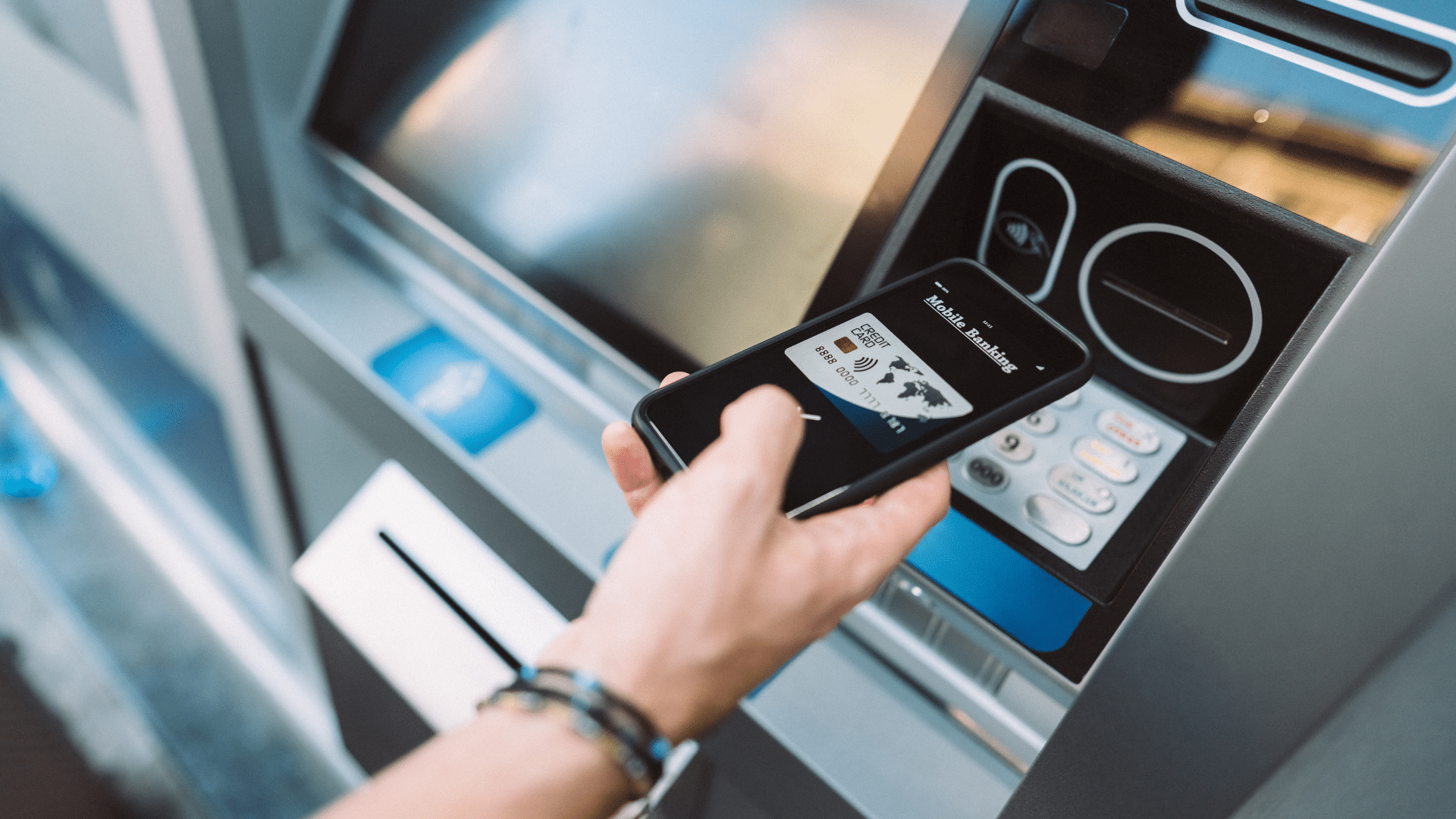
STOCK PHOTO
Over half of monthly retail payment transactions in the Philippines were done through digital channels, smashing the Bangko Sentral ng Pilipinas’ (BSP) expectations and boding well for the government’s financial inclusion goals.
Latest data released by the BSP on Tuesday showed the share of digital payments to total retail payment transactions in the country grew to 52.8 percent in 2023, from 42.1 percent in 2022. That means out of the 5 billion total monthly transactions recorded last year, more than 2.6 billion of them were successfully converted to digital form.
It was a feat that blew away the expectations of the central bank, which was hoping to digitalize 50 percent of retail payments in the country by 2023.
READ: BSP: Over half of retail payments went digital in 2023
The BSP said pandemic lockdowns that kept Filipinos at their homes for months and spurred the need for contactless transactions accelerated the shift to digital payments. Before the health crisis struck in 2019, the proportion of digital payments in the country was only at 14 percent.
Dissecting the BSP’s report, the main contributors to the rise in e-payments last year were merchant payments, which accounted for 64.9 percent of total monthly digital transactions volume. This was followed by person-to-person transfers with a 19.3 percent, and business-to-business supplier payments at 6.1 percent.
The financial industry saw such a growth. For instance, e-payments network provider BancNet reported processing 838.56 million Instapay transactions in 2023, up by 56 percent year-on-year and almost double the 427.69 million ATM cash withdrawals it facilitated last year.
“We could readily see and feel this effect with the growing number of e-wallets being used as transaction accounts and the increase in mobile banking services,” BSP Governor Eli Remolona Jr. said.
What’s next?
As it is, the growth in digital payments bode well for the BSP’s goal to onboard 70 percent of adult Filipinos to the formal financial system by 2023.
According to the Bank of International Settlements (BIS), a 1 percentage point increase in digital payments use is associated with 0.10 percentage points growth in GDP per capita, and 0.06 percentage point decline in informal employment.
READ: BSP tightens merchant payment rules
BSP Deputy Governor Mamerto Tangonan told a press conference that the next goal of the central bank is to digitalize 60 to 70 percent of retail payments in the country by 2028 which, he explained, can be more challenging to hit.
To achieve that, Tangonan, head of the BSP’s payments and currency management sector, said the regulator would have to intensify efforts to expand the user base of digital payments by reducing transaction costs and enhancing anti-fraud defenses to build people’s trust in the system.
He also said the BSP would work on digitalizing other types of transactions where consumers still prefer to use cash like paying public transportation fares.
“As you know, in any innovation life cycle, where we are right now we’re over 50 percent,” Tangonan said, “The next 20 percent would equally be challenging, if not more challenging than the first 50 percent.”